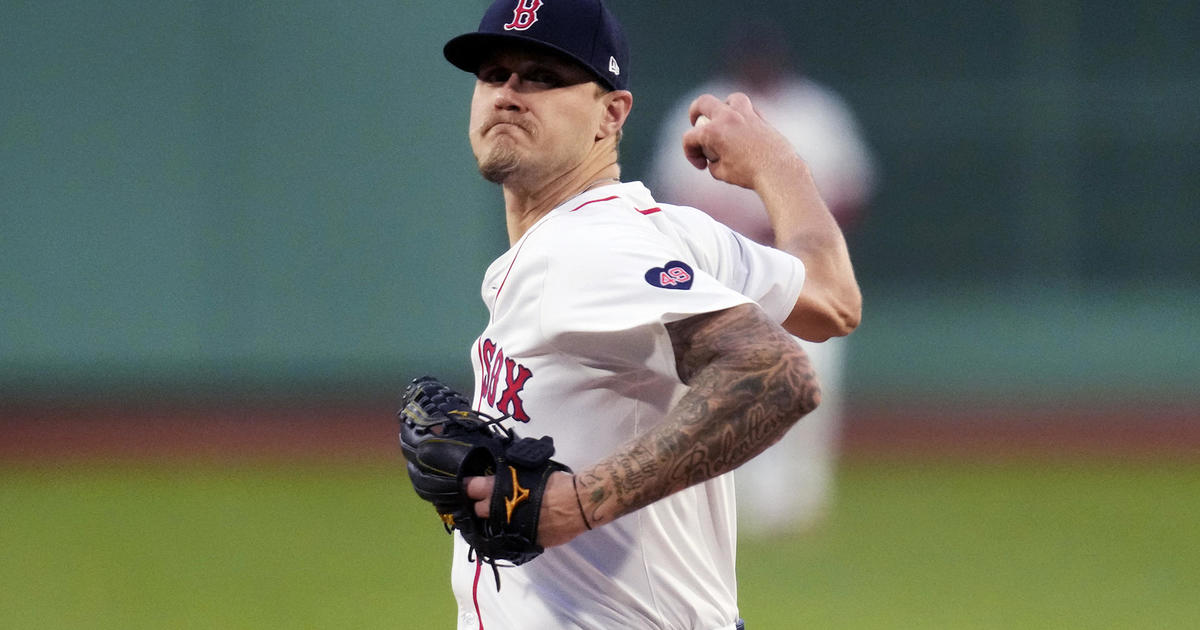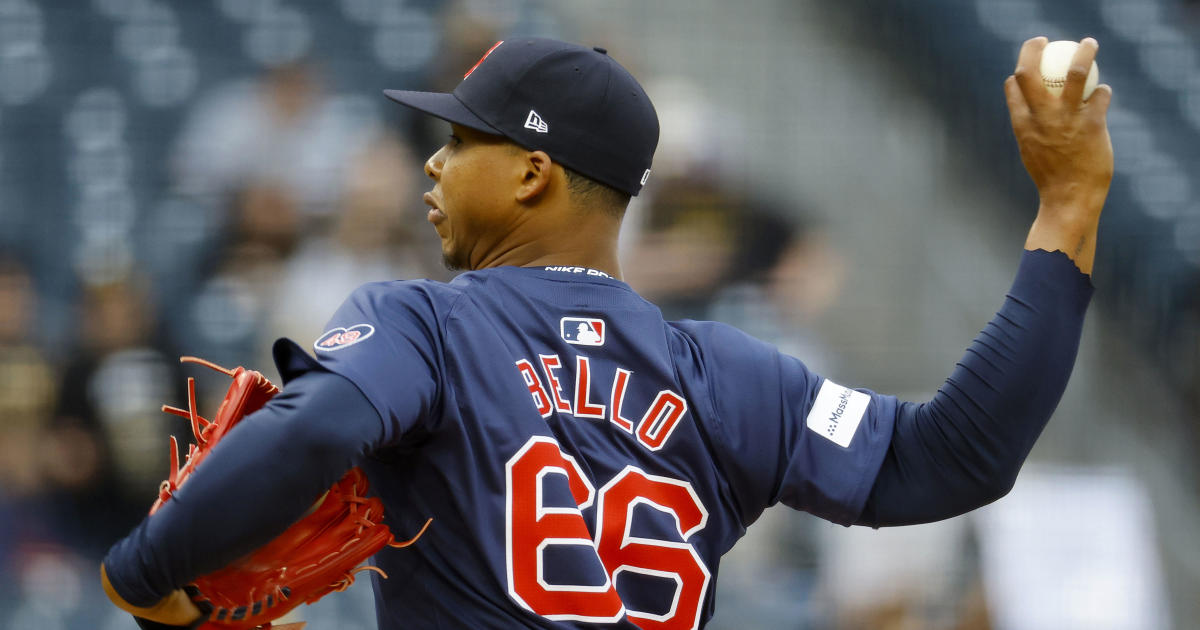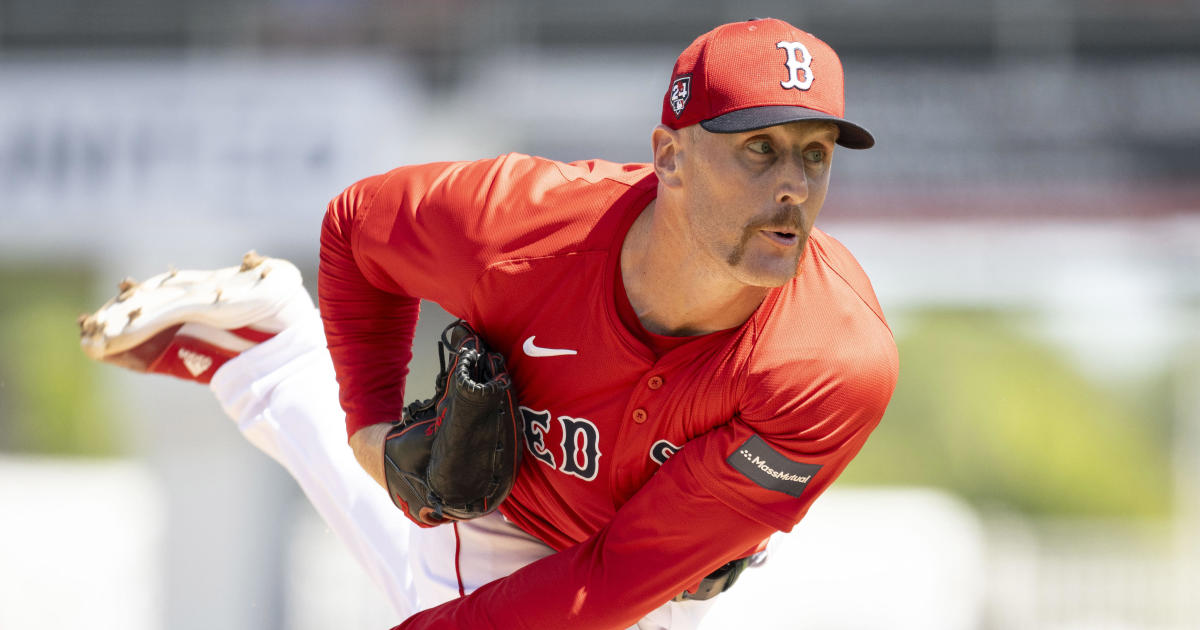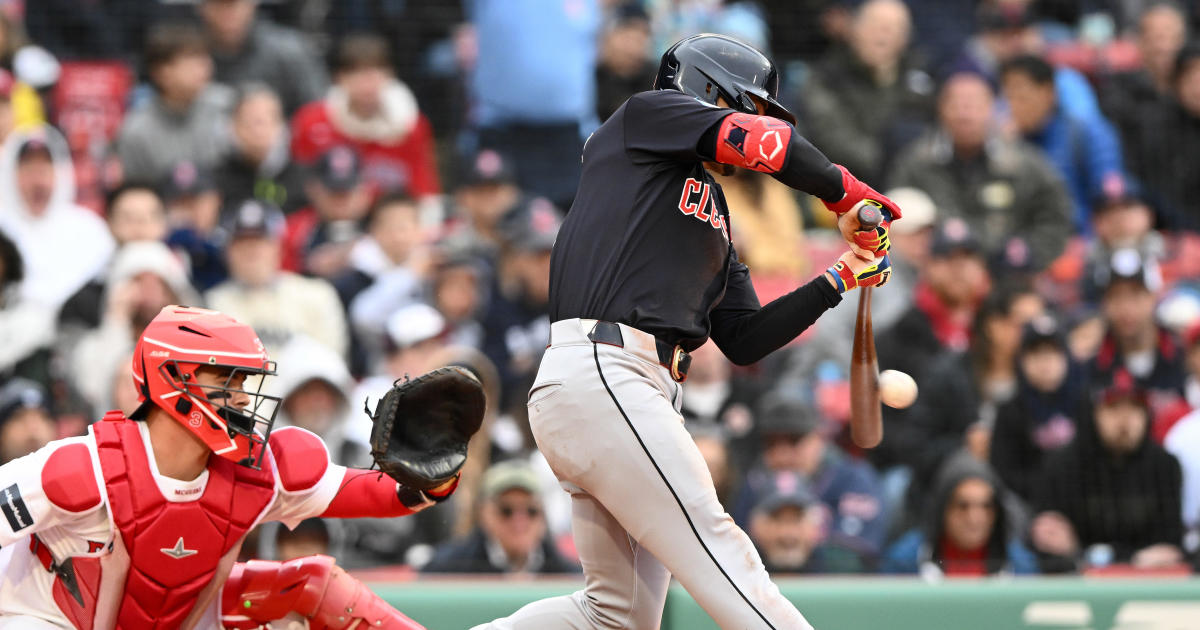The Case For Steven Wright's Sustainability
By Michael Hurley, CBS Boston
BOSTON (CBS) -- For a guy who wasn't even supposed to be a part of the Red Sox rotation, Steven Wright has without question obliterated even the highest of expectations set upon him prior to the season.
He's been the best pitcher on the Red Sox and arguably the best pitcher in the American League. After allowing three earned runs over 7.1 innings on Wednesday, he leads the team in wins and ERA, and his 2.2 WAR is more than double anybody else on the pitching staff. The 2.22 ERA ranks him second in the AL, and he's thrown the fifth-most innings in the AL.
No matter which way you look at it, the knuckleballer has been outstanding. Yet because he's a knuckleballer, we can't proceed without wondering ... is this sustainable?
The prevailing thought, considering the unpredictability of the knuckleball and the career 3.95 ERA entering the year, has been no. Of course not. How could he?
But at a certain point, you can only watch so many seven-plus-inning starts without starting to believe that perhaps the guy has figured something out. And perhaps, yes, this performance is something the Red Sox can rely on for the rest of the season.
Of course, there's reason for our doubt. In Boston, we watched Tim Wakefield flutter his knuckleball homeward roughly 17 million times from 1995 until what feels like three weeks ago. (It was actually 2011; who knew?!) It was, on the whole, a decidedly average experience. Wakefield owned a 4.43 ERA in his 3,000 innings with the Red Sox. At times, it was spectacular (16-5, 2.95 ERA in '95). Other times, it was difficult to watch (a 5.48 ERA, mostly out of the bullpen, in 2000). The one thing it never seemed to be was the "S" word.
It wasn't very sustainable. He was, in kindest terms, an innings eater.
But Wright isn't Wakefield. They're both knuckleballers, but they're very different knuckleballers. Wakefield threw his pitch in the mid-to-low 60s, with some pitches dropping into the 50s. Wright's average velocity on the knuckleball is more than 10 mph faster, per Fangraphs, as it regularly comes in around 75 mph.
Wright also has much more of a big league fastball (in knuckleballer terms), with an average velocity of 83 mph. Wakefield never had that kind of (relative) heat. Wakefield also didn't have Wright's curveball, which is thrown roughly 13 percent of the time by Wright and isn't half bad.
As a result, it seems as though Wright's arsenal has him better equipped to handle situations which he can't control, like the temperature, or the wind, or the stadium, or the humidity, etc., etc., etc. And the splits bear that out.
Granted, the sample sizes in some cases are small, but:
At home, Wright has a 3.19 ERA, and opponents are hitting .236 against him. He has a 2.38 K-to-BB ratio.
On the road, Wright has a 1.54 ERA, and opponents are hitting .179 against him. He has a 2.05 K-to-BB ratio.In night games, Wright has a 2.30 ERA, and opponents are hitting .208 against him. He has a 2.35 K-to-BB ratio.
In day games, Wright has a 2.08 ERA, and opponents are hitting .198 against him. He has a 1.93 K-to-BB ratio.
The indoor/outdoor splits aren't worth spotlighting, considering he's only pitched indoors twice. But the opponents' batting average indoors is .213; outdoors, it's .203.
But most encouraging, Wright's success has carried through in his second and third time through lineups -- which is to say, his success is not predicated on his pitches being a gimmick that catches opponents by surprise. In fact, opponents are hitting their best (.245 AVG) and reaching base the most (.330 OBP) in their first plate appearances vs. Wright. Those numbers drop to .192 and .282, respectively, in the second plate appearance and sink to .170 and .231 in the third plate appearance.
Basically, the more hitters have seen Wright's knuckleball, the worse they've fared. That's got to have the Red Sox feeling confident in Wright for the summer months ahead.
While we've been trained to believe the knuckleball is a fickle beast, we have seen it tamed quite masterfully in recent memory. Just four years ago, R.A. Dickey tossed 233.2 innings, compiling a 20-6 record and 2.73 ERA for the New York Mets. The Mets were a sub-.500 team, and Dickey pitched in 30 percent of their victories. He led the NL in strikeouts. He made the All-Star team, won the Cy Young, and he earned himself $25 million.
Of course, Dickey's 3.97 ERA since that season (years which have, not coincidentally, matched up with his late 30s and early 40s) suggests that such success is perhaps not sustainable from a long-term sense. And that very well may be true ... but it's of no consequence right now to the 2016 Red Sox.
For the Red Sox, who are tied atop the AL East standings and look to at least be active in the postseason chase for the first time in three years, don't need Wright to be great in 2017 and beyond. They simply need him to continue pitching at the very high level which he's performed thus far in 2016.
And when you really take a deep look at how Wright is doing it, there's reason enough to believe this is no fluke.
You can email Michael Hurley or find him on Twitter @michaelFhurley.



